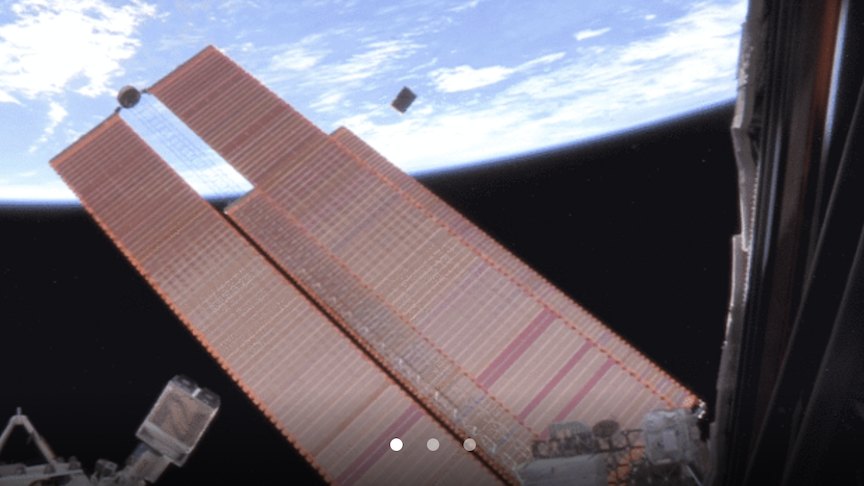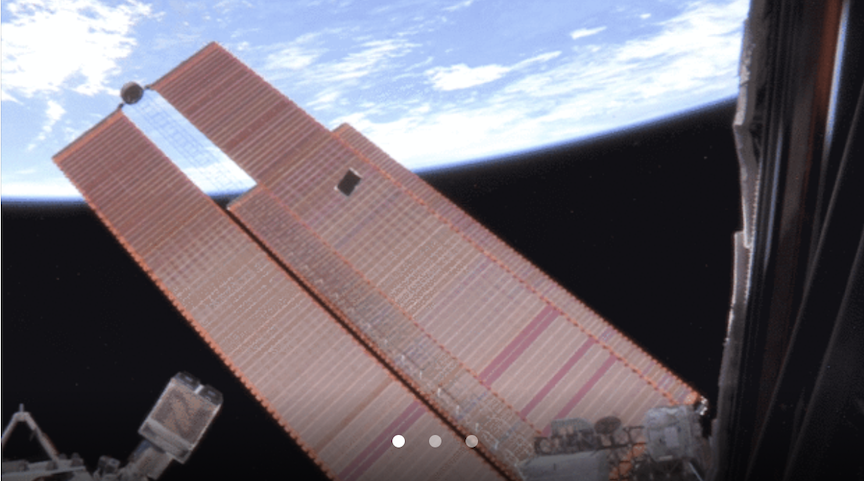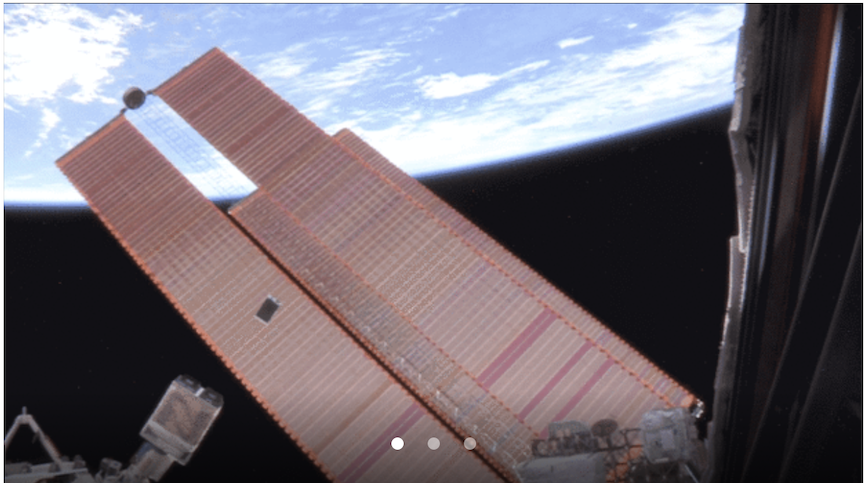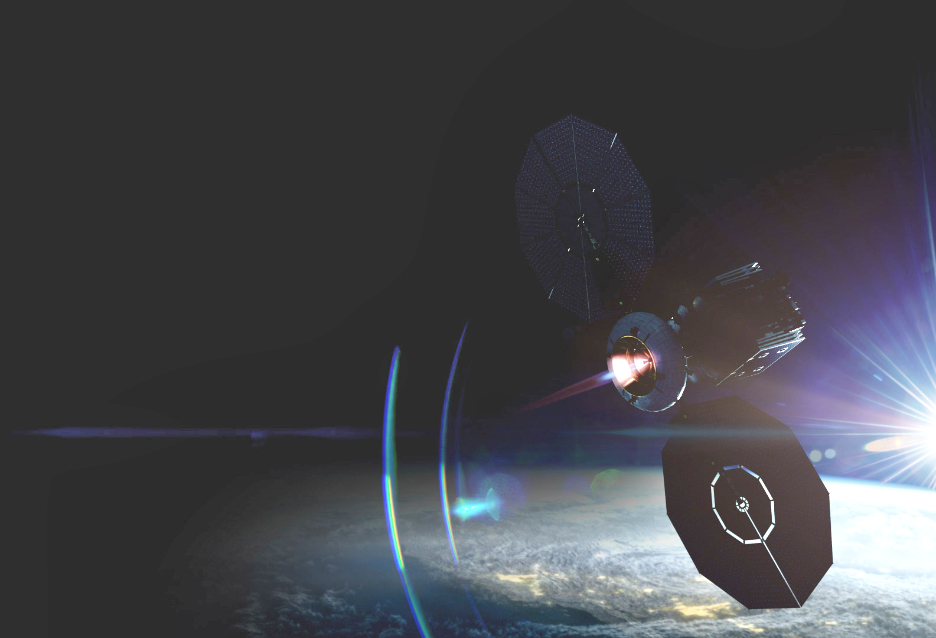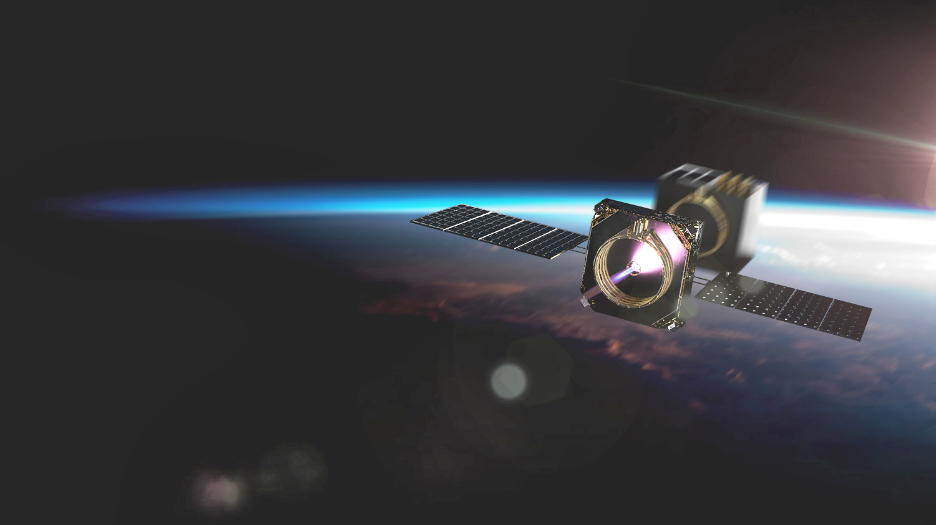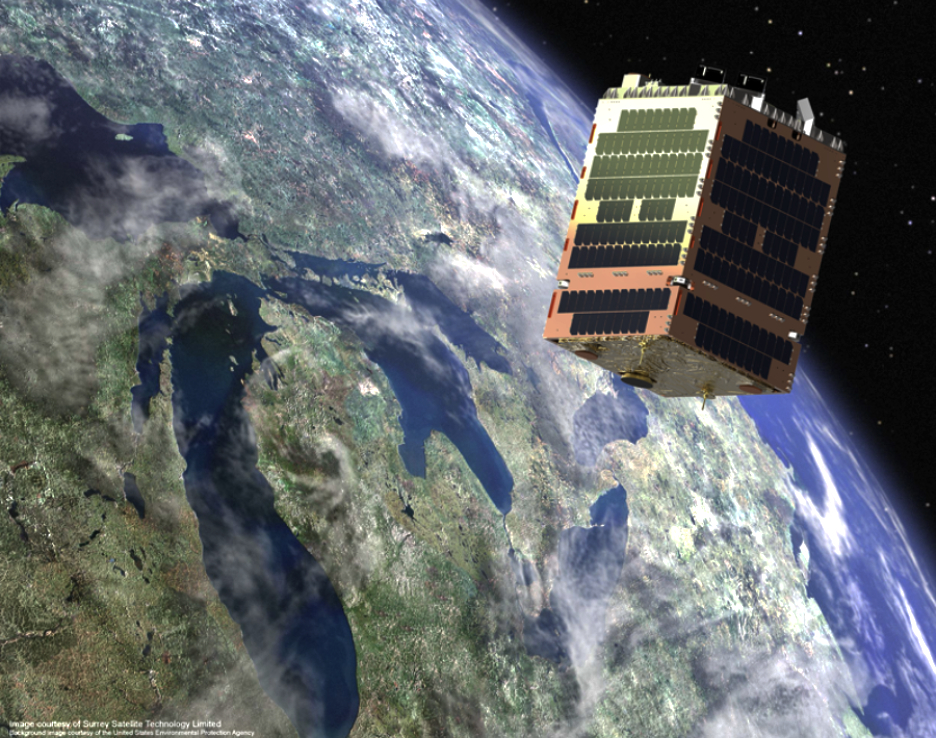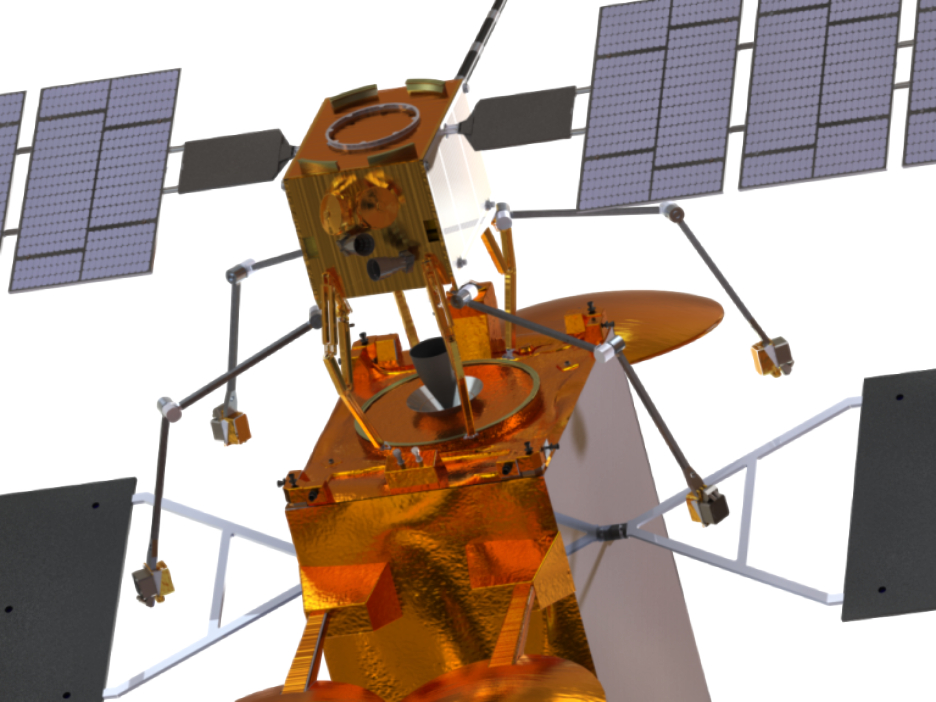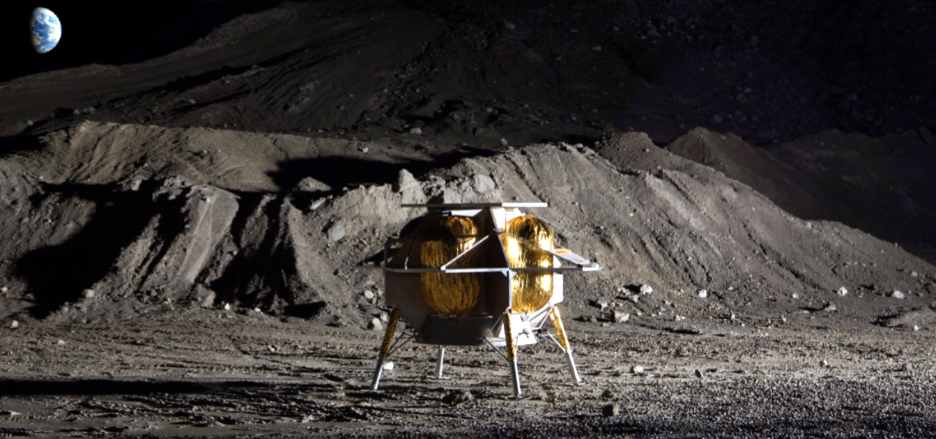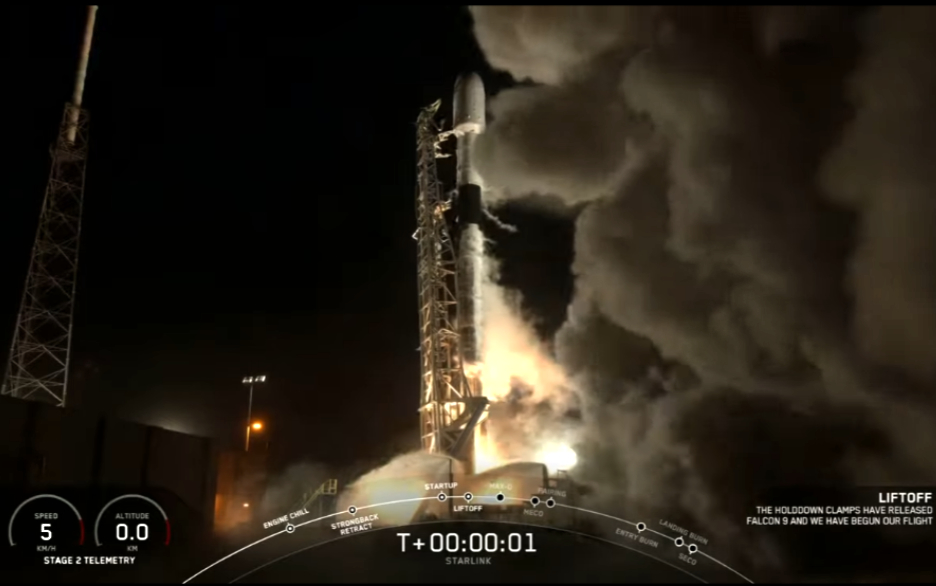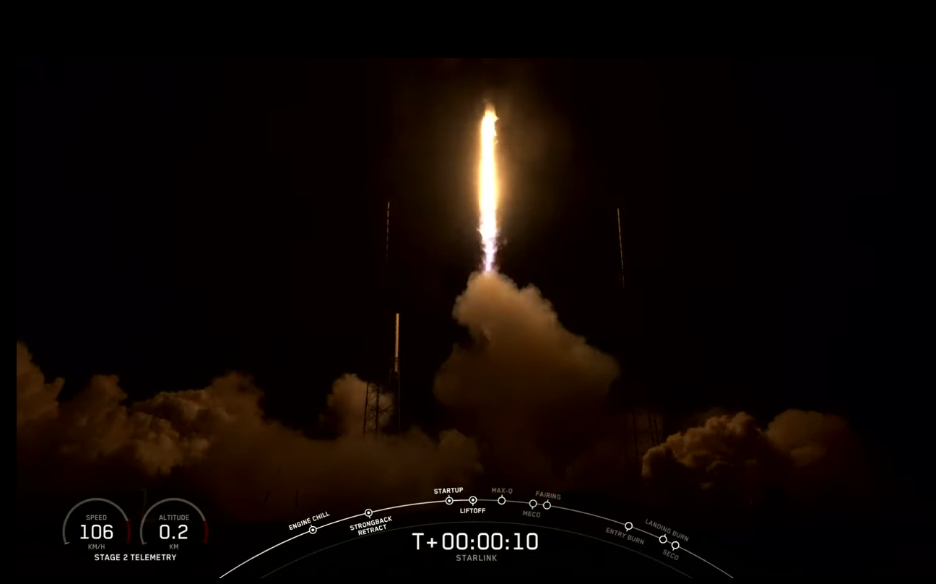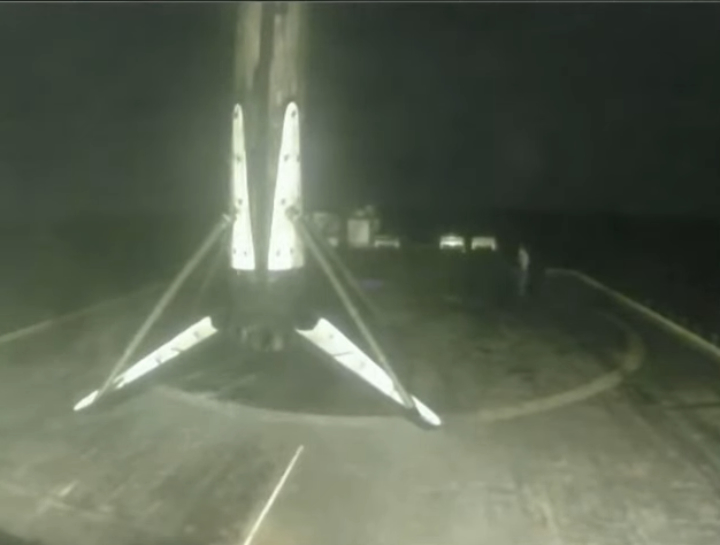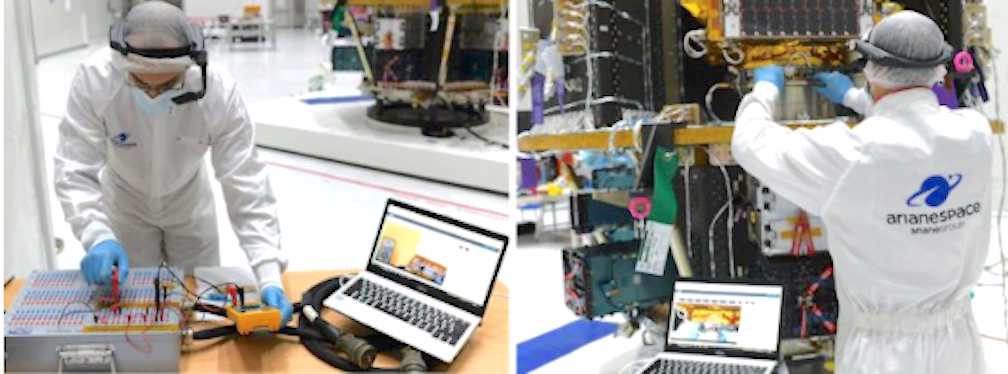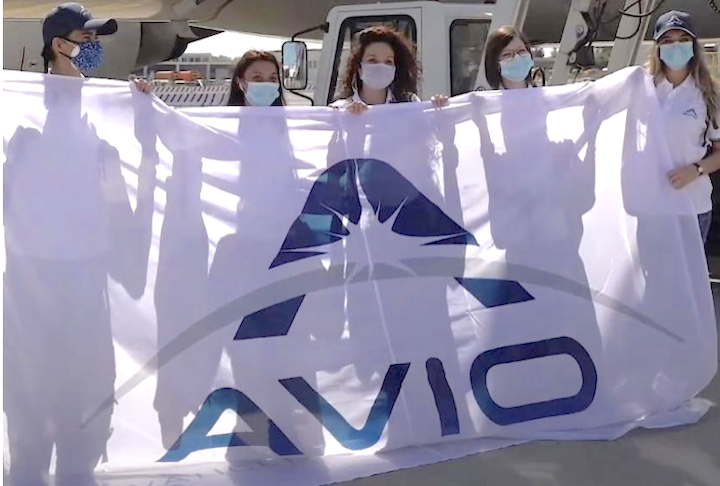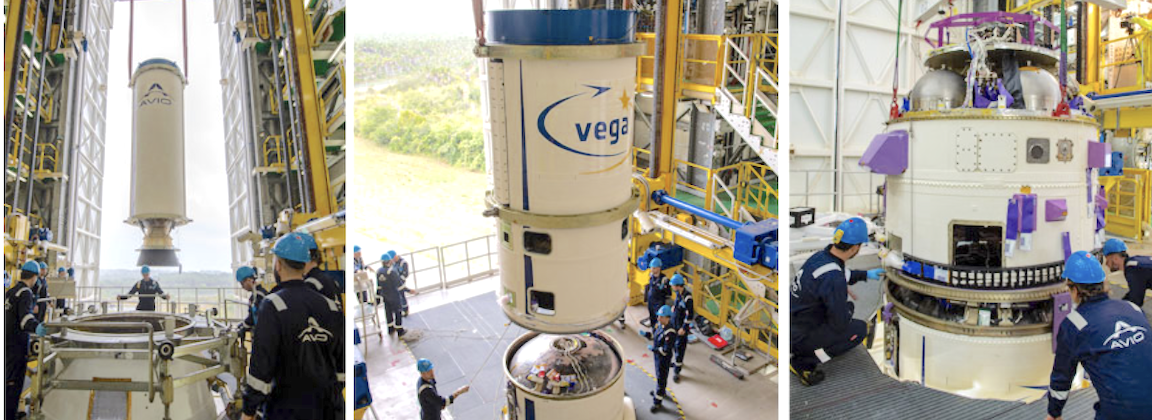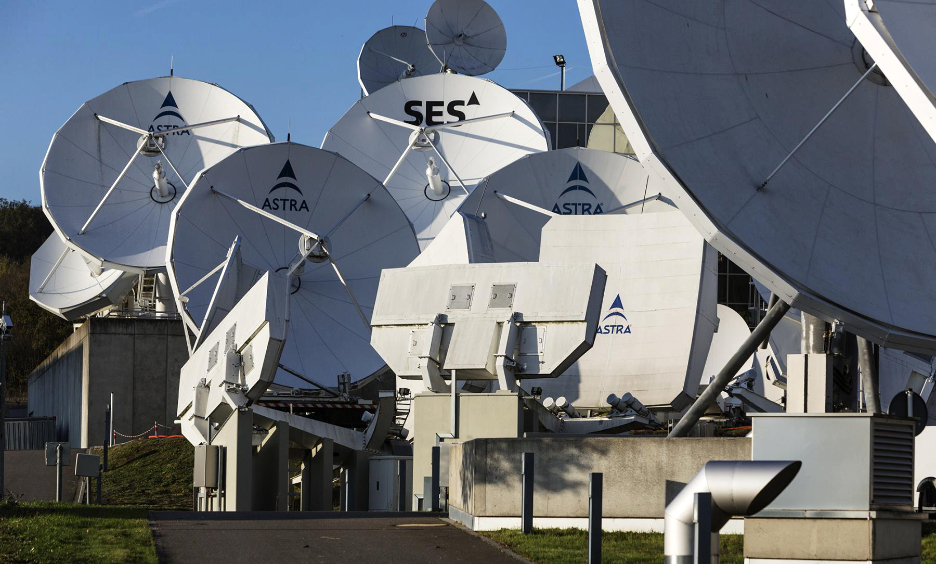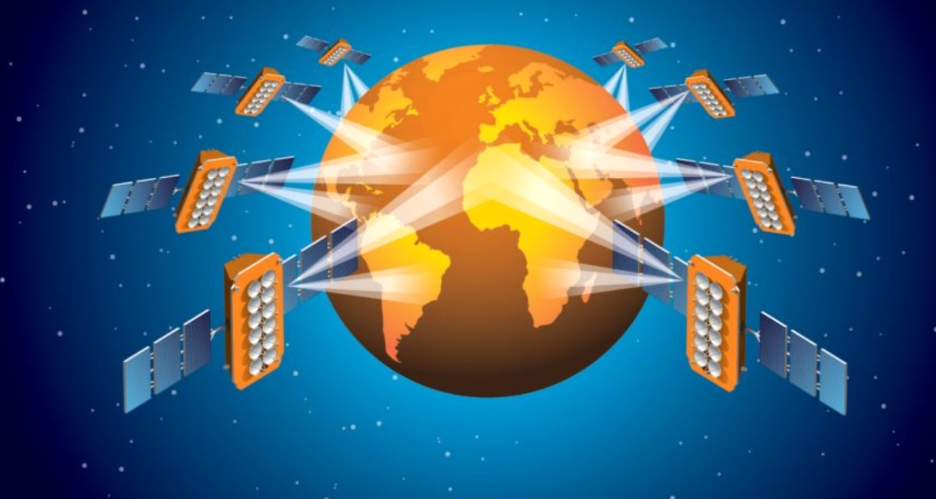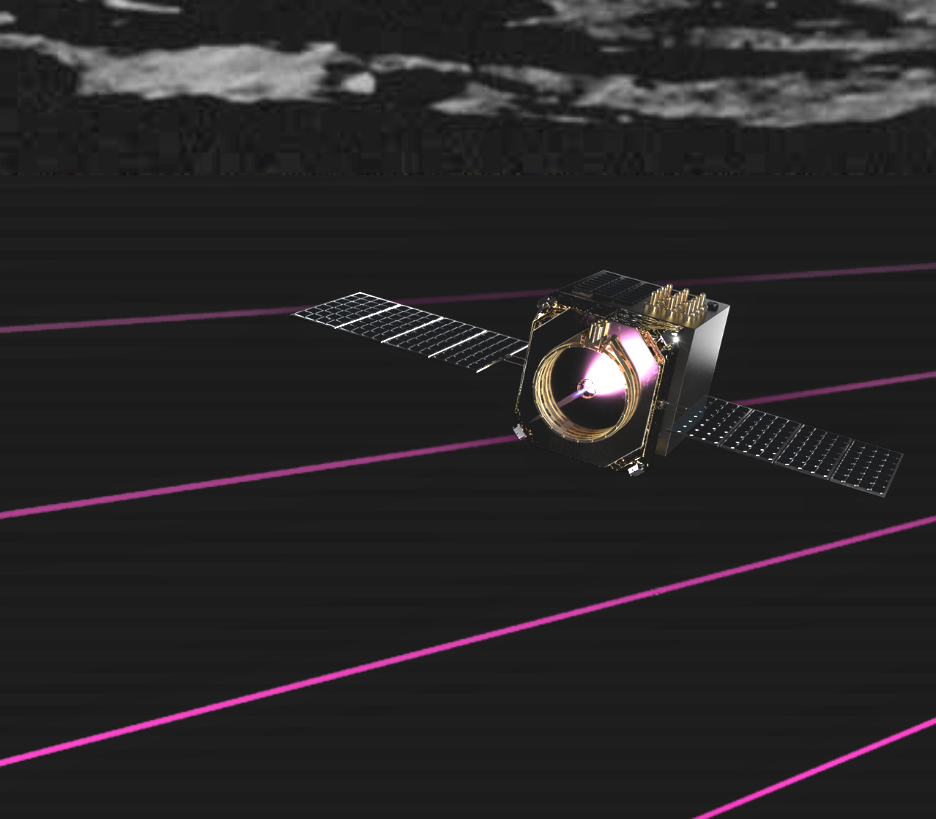
Momentus recently signed a launch service agreement with NCKU Space Laboratory and ODYSSEUS Space.
The company is supporting the IRIS-A mission, which is of strategic importance to Taiwan and is the first of three satellite launches, with follow up missions IRIS-B and IRIS-C due to reach space in 2022 and 2023. IRIS-A will be equipped with Internet of Things (IoT) technologies to achieve a Doppler shift estimation and improve the quality of downlink signal, increasing the efficiency of future IoT constellations of smallsats intended to monitor objects from space.
ODYSSEUS is a young startup based in Taiwan created by French professionals coming from the European space sector. They have experience and expertise both in Asia and in Europe to uniquely address the booming global market of small satellites applications.
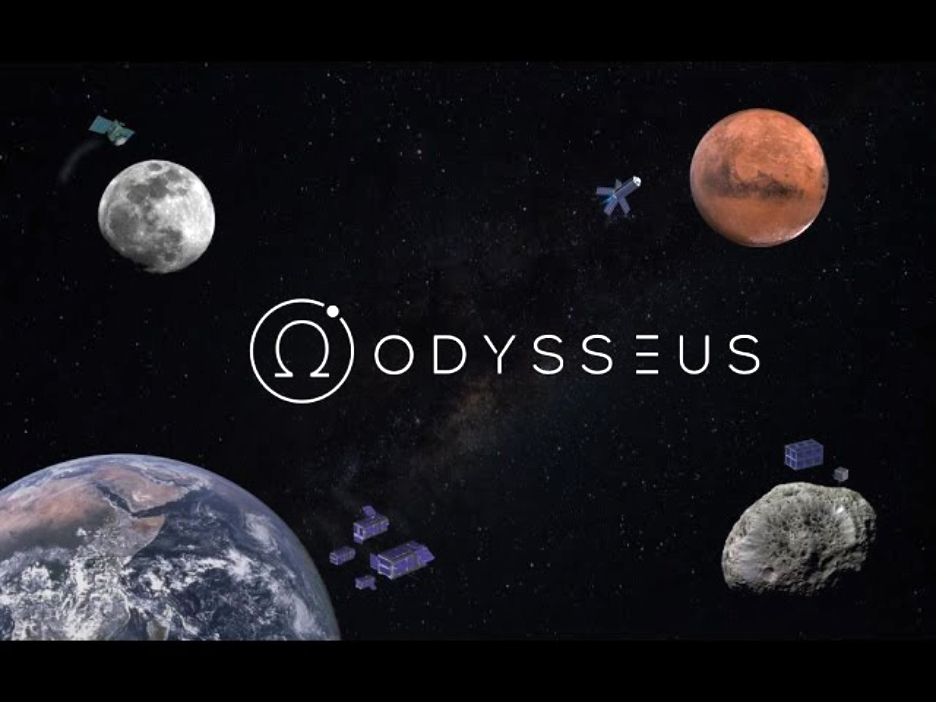
ODYSSEUS has been working with National Cheng Kung University (NCKU) of Tainan, Taiwan, for many years now. IoT is a hot topic in Taiwan and Momentus is delighted to be working with leaders in the sector to bring the technology to space.
The Momentus Vigoride solution is highly innovative and provides smallsat developers, such as NCKU and ODYSSEUS, with long awaited flexibility in the choice of their orbit and their timeline.
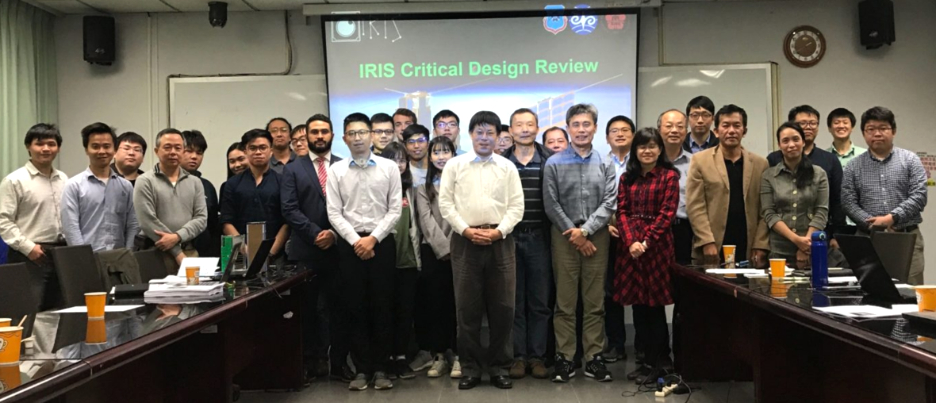
National Cheng Kung University (NCKU) of Tainan, Taiwan, team.
